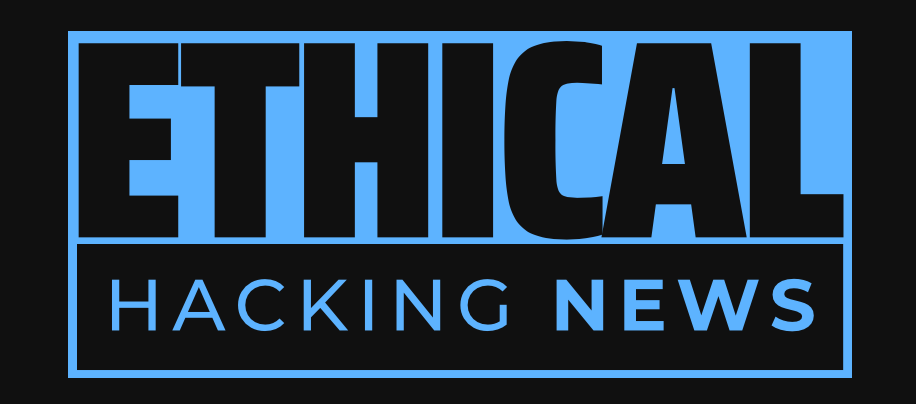Ethical Hacking News
A rogue techie has been convicted of causing nearly $862,000 worth of damage after being fired from his employer. The incident highlights the growing threat posed by insider attacks and underscores the need for robust cybersecurity measures to protect organizations against internal threats.
Malicious insiders are increasingly targeting their former employers for financial gain. The case of Maxwell Schultz highlights the vulnerability of even seemingly secure environments to internal threats. Rogue insiders can cause significant disruptions and result in substantial costs, as seen in Schultz's $862,000 damage. Robust cybersecurity measures are crucial to prevent insider threats, including regular employee background checks and strict policies. Organizations should foster an environment of trust and openness among employees to encourage reporting of suspicious activities.
In recent years, the cybersecurity landscape has witnessed a growing trend of malicious insiders sabotaging IT systems within their own organizations. This phenomenon is particularly alarming, as it highlights the vulnerability of even seemingly secure environments to internal threats. The case of Maxwell Schultz, a rogue techie who pleaded guilty to causing nearly $862,000 worth of damage after being fired from his employer, serves as a stark reminder of this trend.
According to court documents, Schultz impersonated another contractor to gain access to his former employer's network after his credentials were revoked. This move allowed him to reset approximately 2,500 passwords at the affected organization, thereby causing thousands of employees and contractors across the US to be locked out of their accounts. The attack took place on May 14, 2021, and Schultz used a PowerShell script to achieve this.
The script was designed to search for ways to delete system logs to cover his tracks – in some cases succeeding – and clear PowerShell window events. This move aimed to conceal Schultz's malicious activities from the affected organization's security teams. Despite these efforts, however, prosecutors were able to uncover evidence of the attack through subsequent investigations.
Prosecutors stated that the attack caused significant disruptions to employee work processes, disrupted customer service functions, and resulted in substantial costs related to the remediation of the intrusion. These damages totaled over $862,000. Schultz is currently facing up to ten years in prison and a potential maximum fine of $250,000 for his role in the incident.
This case highlights the importance of robust cybersecurity measures within organizations, particularly those involving sensitive data or critical systems. It also underscores the need for vigilance among security teams in identifying and addressing potential insider threats.
In recent years, numerous high-profile cases have demonstrated the threat posed by rogue insiders. These incidents demonstrate that even seemingly secure environments can be vulnerable to internal threats.
One such example is a former IT administrator who locked Canadian Pacific Railway out of its network switches. Another case involved a senior developer activating a kill switch on an organization's critical systems.
These stories are not isolated incidents, but rather part of a broader trend of insider threats wreaking havoc across various types of organizations.
The rise of North Korean cyber-attacks against Western organizations, local authorities, and even GCHQ in the UK, further underscores this point. In recent years, there have been numerous instances of rogue IT workers targeting their former employers for financial gain.
These instances demonstrate that insider threats are a pressing concern for many organizations, particularly those involved in sensitive or high-stakes operations.
In light of these developments, it has become increasingly important for organizations to implement robust cybersecurity measures to protect themselves against internal threats.
This includes regular employee background checks, thorough vetting procedures, and the implementation of strict policies and procedures to prevent insiders from accessing sensitive data or critical systems.
Furthermore, organizations should foster an environment of trust and openness among their employees, encouraging them to report any suspicious activities or concerns without fear of retribution.
By taking these steps, organizations can significantly reduce the risk of insider threats and protect themselves against attacks like Schultz's.
In conclusion, the case of Maxwell Schultz serves as a stark reminder of the threat posed by rogue insiders. By understanding this trend and implementing robust cybersecurity measures, organizations can better protect themselves against internal threats and ensure the integrity of their systems and data.
Related Information:
https://www.ethicalhackingnews.com/articles/The-Deceptive-World-of-Insider-Threats-A-Study-on-the-Rise-of-Rogue-Technicians-ehn.shtml
https://go.theregister.com/feed/www.theregister.com/2025/11/20/it_contractor_sabotage/
Published: Thu Nov 20 11:00:38 2025 by llama3.2 3B Q4_K_M

